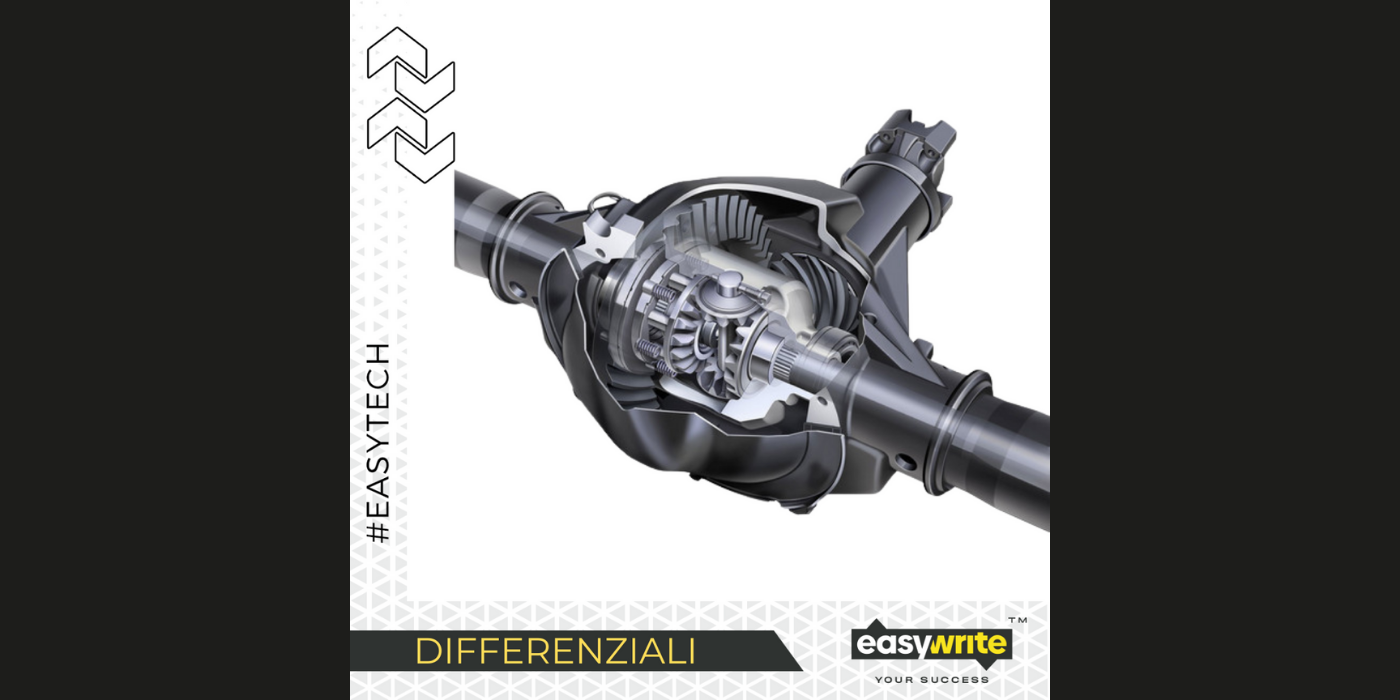Today, modern rally cars mainly have two differentials, namely front and rear self-locking differential. With the advent of technical evolution, however, the central differential (body outside the gearbox) went missing.
The factors that determine the various solutions and dynamic behaviors are 3: Ramps, Clutch discs (commonly called faces), Self-locking preload.
1. Ramps
How to identify them? Let’s take an example: 45/85.
The first number indicates the acceleration phase on which the self-locking device acts. The second number indicates the braking phase. The lower the number in acceleration (ex: 30), the faster the ramp is considered.
Therefore, you will feel an excellent traction behavior, but with more sudden and faster reactions during acceleration, while in the case of low grip they can cause handling problems.
A ramp 45 will therefore have a slower and more gradual acceleration delivery, facilitating handling at the expense of traction.
2. Clutchdiscs
On R5 (Rally2) cars, different solutions are used depending on the car.Some of these use the same number of clutches for both differentials.
Usually, the more clutches there are, the greater the traction will be at the expense of ease of use. A common use is called in jargon in the various solutions 4+4/6+6, and in some cases 8+8 for XTrac transmissions.
3. Self-locking preload
A good calibration of the self-locking preload will be crucial in defining the handling of the car – from understeer to neutral to oversteer – depending on the driver’s needs.
In some cases (and cars) the preloads, as well as the clutches, are the same between the front differential and the rear differential.
In other cases (for example long wheelbase cars) it is preferable to have a preload of the rear differential, designed to help the car run more smoothly where the road is trickier.

